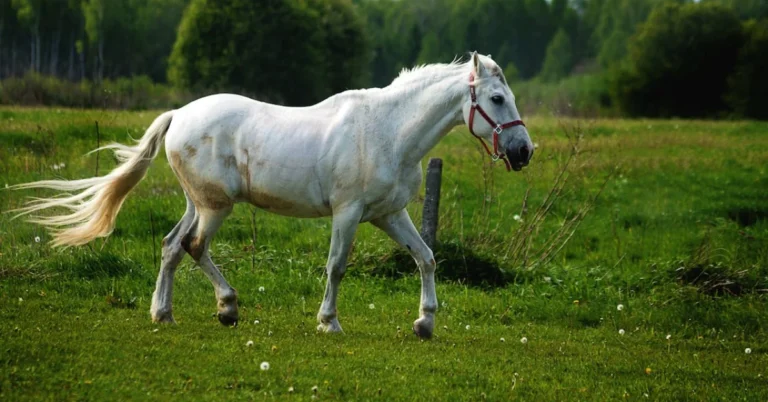Introduction
As a novice, venturing into the wonderful world of aquarium keeping can be equally thrilling and daunting. The selection of fish, accessories, and décor for creating the ideal aquatic setting can easily become overwhelming. However, one integral element that is too often initially overlooked by novice aquarists is live aquarium plants. Not only do plants enhance the visual appeal of your underwater display. But they also serve crucial biological roles in maintaining water quality parameters and providing environmental enrichment for your fish.
This comprehensive guide will introduce you to 12 of the easiest aquarium plant species that even someone. Just starting out in the hobby can grow successfully. We’ll explore their unique characteristics, growth habits, care requirements, and benefits so you can make informed choices when selecting plants to adorn your first tank. You’ll also discover pro tips for cultivating healthy aquatic flora as a beginner step-by-step. Soon, you’ll be on your way to creating a thriving, balanced aquatic habitat teeming with life!
Getting Started: Understanding Aquarium Plants
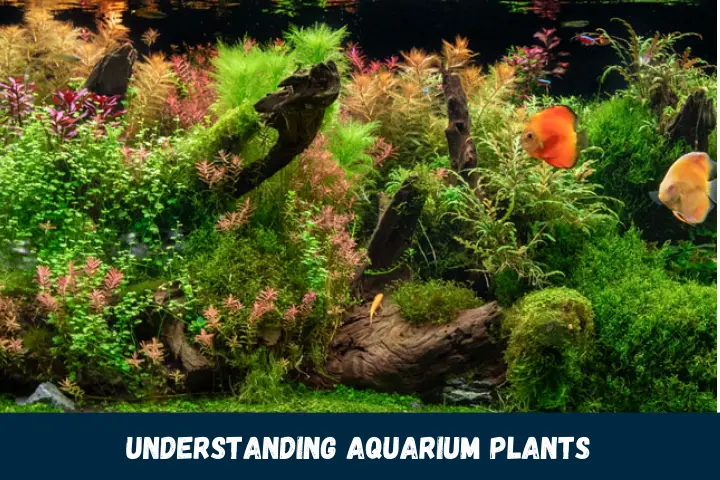
Before revealing specific plant recommendations, developing a basic understanding of how aquatic plants function will empower you to make appropriate choices for your debut tank. Though the diversity of freshwater species allows for numerous creative aquascape designs, not all plants prosper under the same conditions. Carefully research the inherent needs of whichever plants intrigue you rather than randomly tossing assortments into your tank hoping for the best.
Factors impacting plant growth include lighting demands. Preferred water parameters like pH and hardness, vital nutrients, and whether the specimen is suited for planting or floating. Fortunately, many undemanding choices exist if providing high-tech aquarium equipment poses financial or logistic difficulties as you begin your adventure. Don’t become overwhelmed by the myriad options; start simple with hardy, adaptable varieties that offer more flexibility while allowing you to progressively upgrade equipment as interest and skills grow.
Rather than merely serving aesthetic roles as living décor, aquarium plants also influence water quality and environmental parameters. Through the process of photosynthesis using light as their energy source. Aquatic plants produce oxygen to sustain tank inhabitants while benef beneficially consuming dissolved carbon dioxide, ammonia, nitrates, and phosphates as nutrients. Strategically incorporating both low and fast-growing species allows for biofiltration efficiency and less algae growth. Plants also provide shelter, spawning sites, supplementary food sources, and enrichment, as well as anchoring substrates and decorations. Now let’s explore 12 spectacular yet manageable choices even novice aquarists can grow with success!
1. Java Moss Vesicularia dubyana
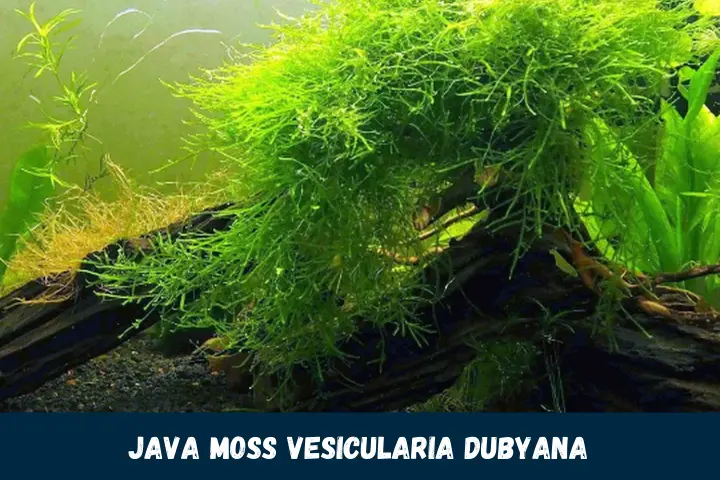
As one of the easiest low light aquarium plants to grow, versatile Java Moss thrives under most conditions, making it an ideal beginner choice. Attaching readily to hardscape materials like driftwood, stones, and décor using gel cyanoacrylate adhesives, Java Moss forms attractive bushy clusters. Through proper trimming, it can be shaped into decorative topiaries or left to trail freely. Though undemanding regarding water parameters and lighting, Java Moss especially flourishes with added CO2 and nutrients while tolerating a broad 72-82°F temperature span. Its hardiness, attractive appearance, and ability to spawn fish eggs safely give Java Moss outstanding beginner appeal.
2. Marimo Moss Balls Cladophora spp
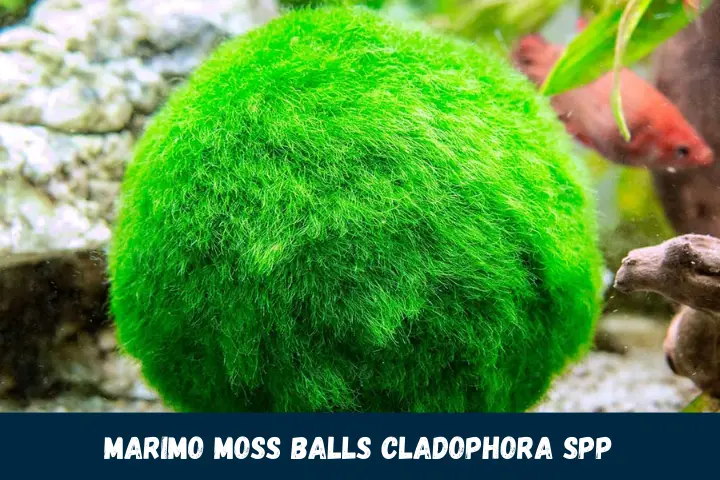
An aquatic plant oddity derived from algae not technically categorized as moss. Marimo Moss Balls are nonetheless hugely popular, nearly indestructible additions even novice aquarists can enjoy. Their spherical shape comprising dense green filaments forms through gentle wave action in lakes, adapting Marimo to low-maintenance aquarium environments. Simply toss these ornamental balls into your tank and watch them slowly roll and tumble charmingly while emitting bubble trails! Neutralizing toxins and adding oxygen, Marimo thrives in moderate lighting with weekly water rotations preventing inside decay. Their cute form factors and completely carefree nature make Marimo Moss Balls excellent starter tank plants.
3. Anubias Barteri var. Nana
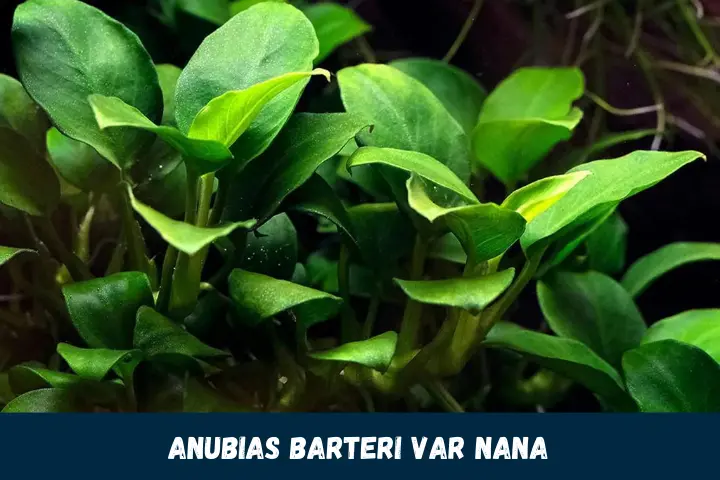
With its lush dark leaves boasting lime green veining held aloft by wiry stalks. Anubias Barteri var. nana makes a striking midground focal point that thrives under low to moderate aquarium lighting. Its leathery foliage is slow-growing and requires little intervention beyond occasionally pruning old leaves or removing algae buildup by gently rubbing them between your fingers under tank water. Anubias displays beautifully attached to hardscape elements where its roots readily anchor while accessing. Nutrients in surrounding water rather than within substrates. Uniquely tolerating broad 72-82°F water parameters, including softer ranges some species dislike. Nana Anubias is extraordinarily adaptable for beginning planted tanks.
4. Amazon Sword Plant Echinodorus bleheri
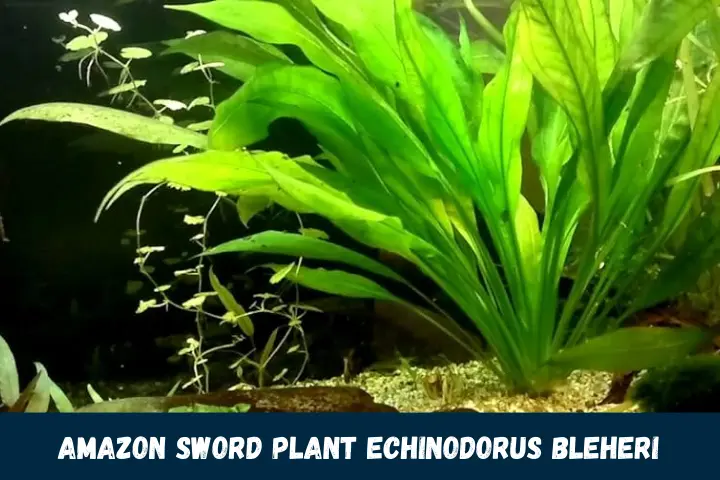
The impressive long and broad shiny sword-like leaves of Echinodorus bleheri never fail to make stunning aquarium focal points. Yet this versatile plant grows readily, including for beginners. Under proper moderate lighting approximately 0.5-2.watts per gallon provided using full spectrum T5 or LED systems. Amazon Swords with supplementary root fertilizer tabs develop lusciously. Amazon Sword is adaptable regarding pH, thriving between 6.5 to 7.5, and water hardness tolerating soft to moderately hard parameters. Appreciating root space, include 1” diameter gravel substrates 2-3” deep capped over nutrient soil for the most vigorous growth and dramatic statement plant. Requiring little more than quality lighting and initial planting care, Amazon Swords reward beginners with lush beauty.
5. Java Fern Microsorum pteropus
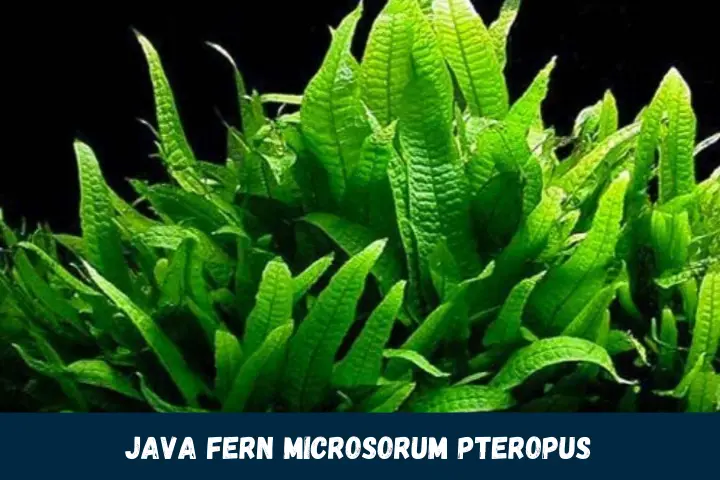
A classic aquarium plant for even novice keepers, lush green Java Fern features spectacularly crinkled leaves unique among aquatic plants. Growing up to 8 inches when provided moderate lighting of 2-watts per gallon from full spectrum bulb systems. Java Fern forms attractive bushy groupings. It readily anchors by contrasting black roots to all hardscape materials, or you can allow the rhizomes to float freely. Java Fern tolerates broad 72-82° water temperatures, neutral to moderately alkaline pH environments between 6-7.5pH values, and moderately hard water qualities. Without demanding substrate fertilization, new plants form on leaves called plantlets which you can detach and replant, making propagation simple. Java Fern requires virtually no care beyond proper initial planting and lighting.
6. Water Wisteria Hygrophila difformis
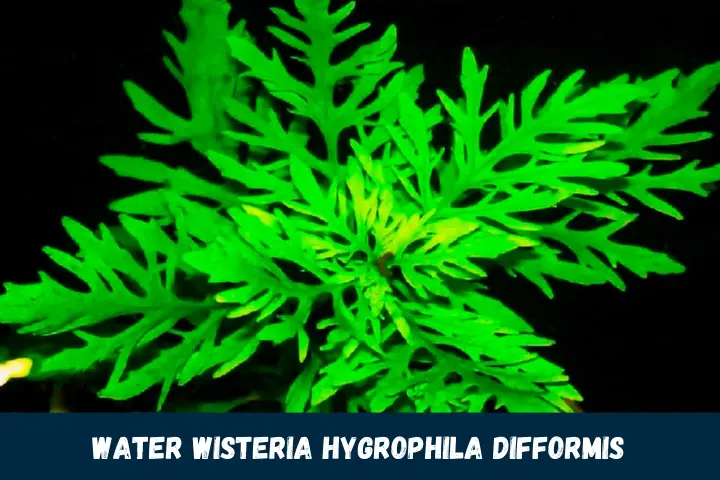
Valued for its fast growth and propensity to absorb excess nitrates rapidly correcting water conditions. Feathery Water Wisteria makes an excellent choice for new planted tanks prone to cycling fluctuations. Its airy leaves provide cover appreciated by shy species while extensive root formations stabilize substrates. Demanding high-spectrum lighting around 2-watts per gallon to avoid shedding its lower leaves. Water Wisteria appreciates added CO2 and is adaptable to most pH conditions between 6 and 8pH. Without becoming root bound, pruning and replanting cuttings promotes bushier growth. As a nutrient sponge controlling algae through rapid biofiltration. Water Wisteria benefits newly established tanks as long as ample lighting satisfies its requirements.
7. Cryptocoryne wendtii “Red”
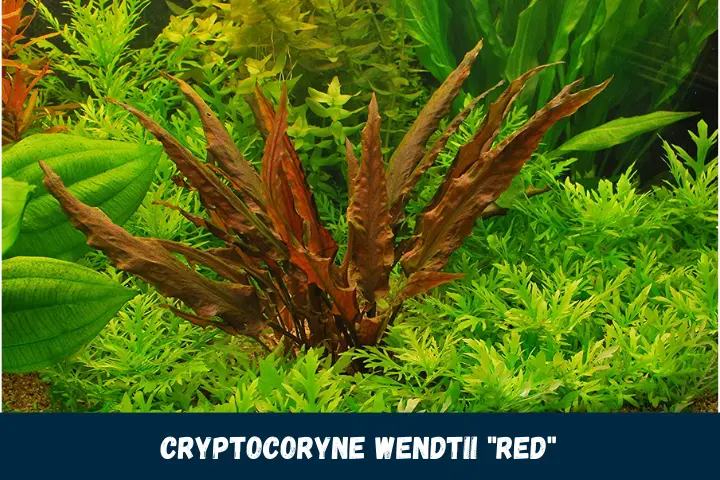
Renowned for its beautiful crinkled leaves saturated in rich red-brown hues and low care needs. Cryptocoryne wendtii “Red” add life to planted aquariums with distinctive color and texture. Unlike many red aquarium plant varietals demanding specialized care, C. wendtii adapts to most freshwater environments including novice tanks with proper forethought. Though moderate and consistent lighting between .75 and 2 watts per gallon is beneficial. Crypts grow under more limited conditions down to .5 watts per gallon, thriving with supplemental liquid fertilization in root zones every 2-3 months and weekly 5% water changes. Leaf propagation occurs through new shoots called pups, making sharing plants simpler. The exotic appearance and ease of Red Cryptocoryne wendtii make this plant perfect for beginners desiring drama without difficulty.
8. Hornwort Ceratophylum demersum
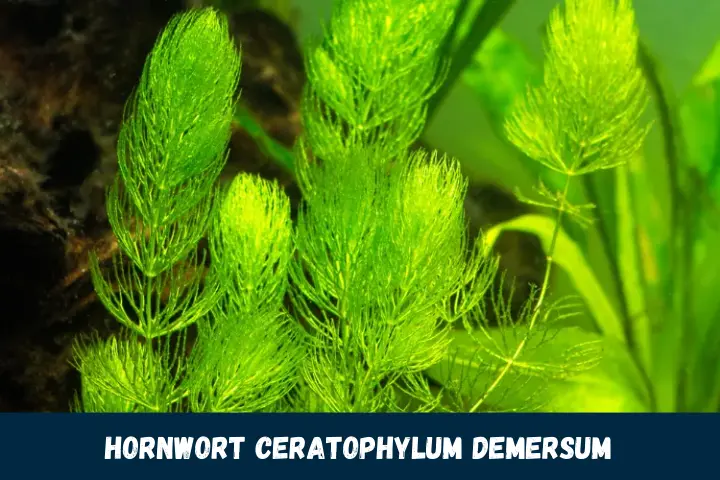
Valued among aquarium hobbyists as an exceptional floating plant. Hornwort features delicate forked foliage excellent for fry raising tanks, betta habitats, and species desiring dense cover. With the ability to grow up to 10 inches monthly in ideal conditions through photosynthesis. Hornwort requires moderate to high lighting between 1.5 to 2 watts per gallon using full spectrum T5 or LED systems for optimal health. It adapts to a wide pH spectrum between 6 and 8 and serves crucial biological roles including rapidly absorbing ammonia. Nitrates and nitrites, making Hornwort ideal for tanks cycling through initial nitrogen spikes. Just avoid fertilizers containing copper that deteriorates Hornwort. Simply floating small starter portions adapts Hornwort into any tank environment while benefiting water quality!
9. Dwarf Sagittaria “Sagittaria subulata”
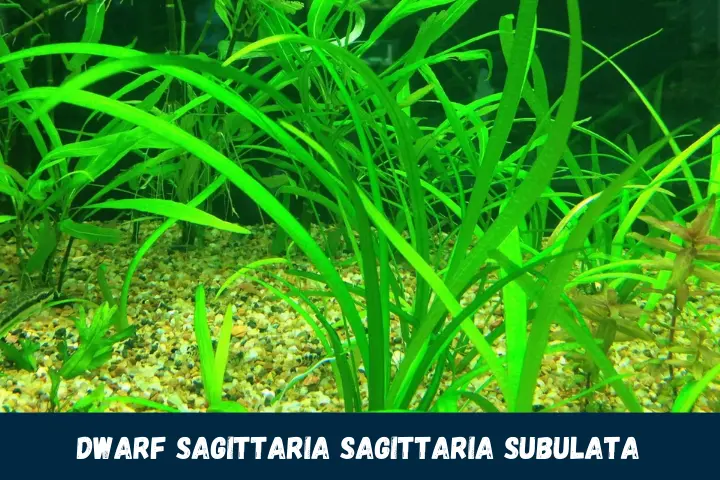
Valued by aquascapers for carpeting aquarium floors vibrantly. Dwarf Sagittaria comprises lush blades under 6 inches tall perfect for midground placement. As adaptable carpeting plants suitable for novice planted tanks, Dwarf Sags appreciate consistent water temperatures between
10. Java Fern “Windelov” Microsorum pteropus ‘Windelov’
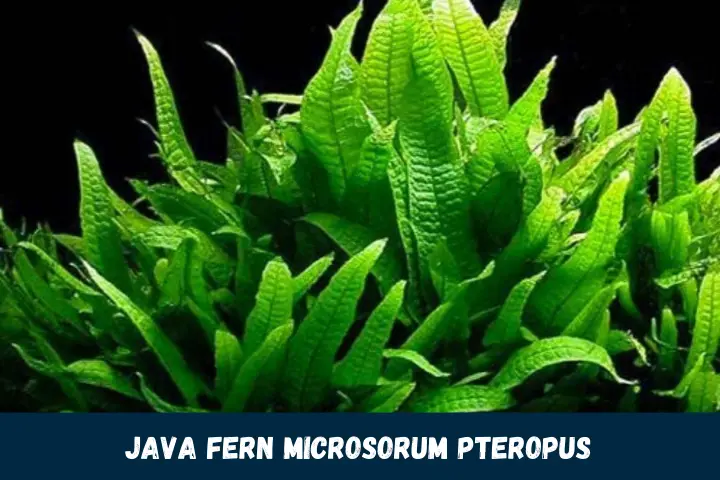
A rarer variation of the classic Java Fern featuring broader, undulated leaves with lacy black veining. Microsorum pteropus ‘Windelov’ adds dramatic aesthetic intrigue suitable even for beginner planted tanks. Attaching to hardscape décor as readily through its rhizome as the standard green form. Windelov Java Fern can also float freely with weights securing the bases over substrate zones. While moderate lighting around 1.5 watts per gallon nurtures growth, this variation tolerates lower intensities down to .5 watts per gallon. Expanding placement options. Windelov Java Fern thrives across similar 72-82°F temperature and pH parameters as common Java Fern. Requiring liquid fertilization only every 2-3 months for vigorous lushness. The exotic appearance yet undemanding care needs of lacy Windelov Java Fern make it a striking choice for starter planted tanks.
11. Duckweed “Lemna minor”
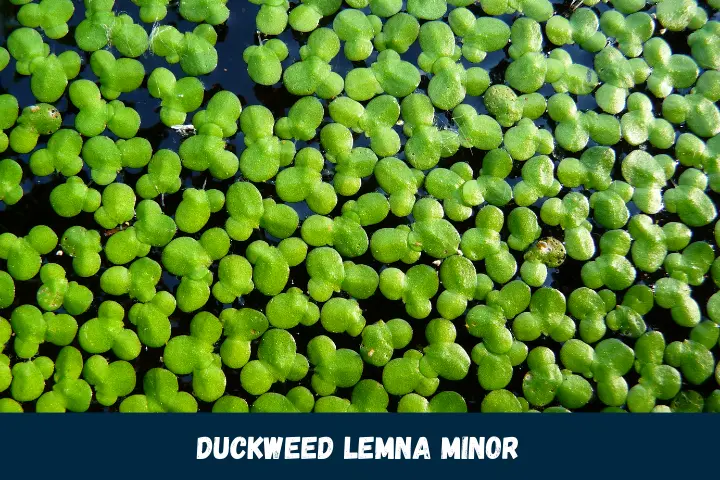
Duckweed offers outstanding functionality for novice planted tanks as an extremely simple floating plant. Comprising tiny green discs under 1⁄2 inch diameter on the water’s glass-like surface, duckweed filters organics while releasing oxygen. Ultimately reducing algae growth through blocking light penetration. Its rapid doubling rate requires regular scooping out excess growth every two weeks before shading oxygen plants below. An exceptional source of fish fodder supplements fed by allowing leaves through the feeding ring. Duckweed readily multiplies from even small starter portions. Unfussy regarding water parameters, with proper management, duckweed makes aquatic keeping easier on beginners!
12. Argentine Sword Plant “Echinodorus argentinensis”
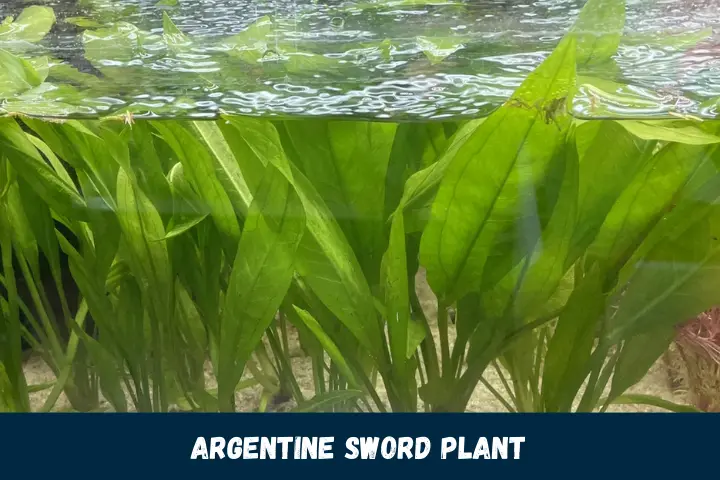
Resembling a miniature version of the Amazon Sword with slender green leaves marked by red veining originating from compact crowns. Echinodorus argentinensis brings vibrant lushness without demanding extensive space. Ideal for small and mid-sized community tanks under 30 gallons. The Argentine Sword reaches just 12 inches mature size, making it one of the most manageable Echinodorus species for novice keepers. Providing ample nutrients through 1-2” gravel substrates. Enriched with tabs combined with moderate 1-1.5 watt per gallon full spectrum lighting facilitates plentiful growth. While adaptable between pH 6.5-7.5, ideally maintain slightly acidic conditions mimicking. Its natural South American environments for this little beauty to truly flourish. The petite proportions, hardiness, and striking appearance give Argentine Sword outstanding beginner appeal.
Success Cultivating Aquarium Plants as a Novice
While the 12 aforementioned plants tolerate a wide range of water parameters and lighting conditions adaptable to basic starter tanks. Providing environments optimized for vigorous lush growth without extensive demands remains ideal. Follow this guidance when cultivating your debut tank garden:
- Research each plant’s recommended care guidelines thoroughly and simulate them as closely as possible regarding lighting, substrates, temperature, pH and fertilization strategies.
- Choose LED or full spectrum T5 lighting systems supplying between .5 to 2 watts per gallon depending on specific plants’ light requirements. Many budget-friendly adjustable systems are now available.
- Provide at least 1-3 inches of gravel or sand substrate augmented with proprietary aquatic plant tabs near root zones every 2-3 months to replenish iron and nutrients.
- Program full spectrum light durations for 10-12 hour daily photoperiods with timers mimicking natural durations.
- Maintain stable 72-82°F water temperatures using quality adjustable heaters suitable to your tank’s volume to prevent temperature fluctuations.
- Perform 10-25% weekly water changes religiously to replenish nutrients and prevent the accumulation of organics that lead to algae blooms.
- Trim plants using sterile scissors every 2-3 weeks, allowing you to remove dying leaves and propagate vigorous new stem cuttings.
Final Thoughts
Follow this reliable guidance when cultivating your debut tank. And you’re guaranteed to enjoy lush aquatic plant growth with minimal demands. Vibrant underwater gardens displaying beautiful fish are easily achievable by novice aquarists. Now that you’re equipped with expert plant recommendations and tips for avoiding beginner pitfalls. Get started designing your dream aquascape today!


